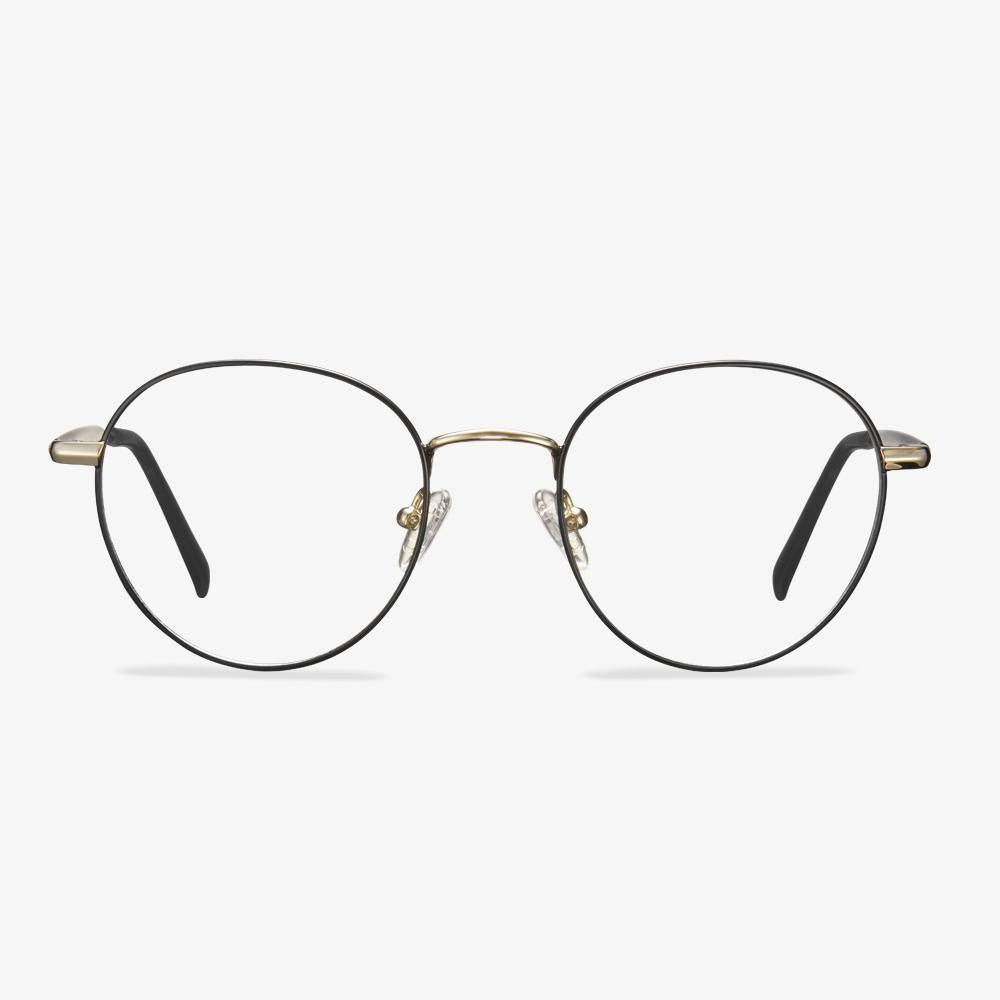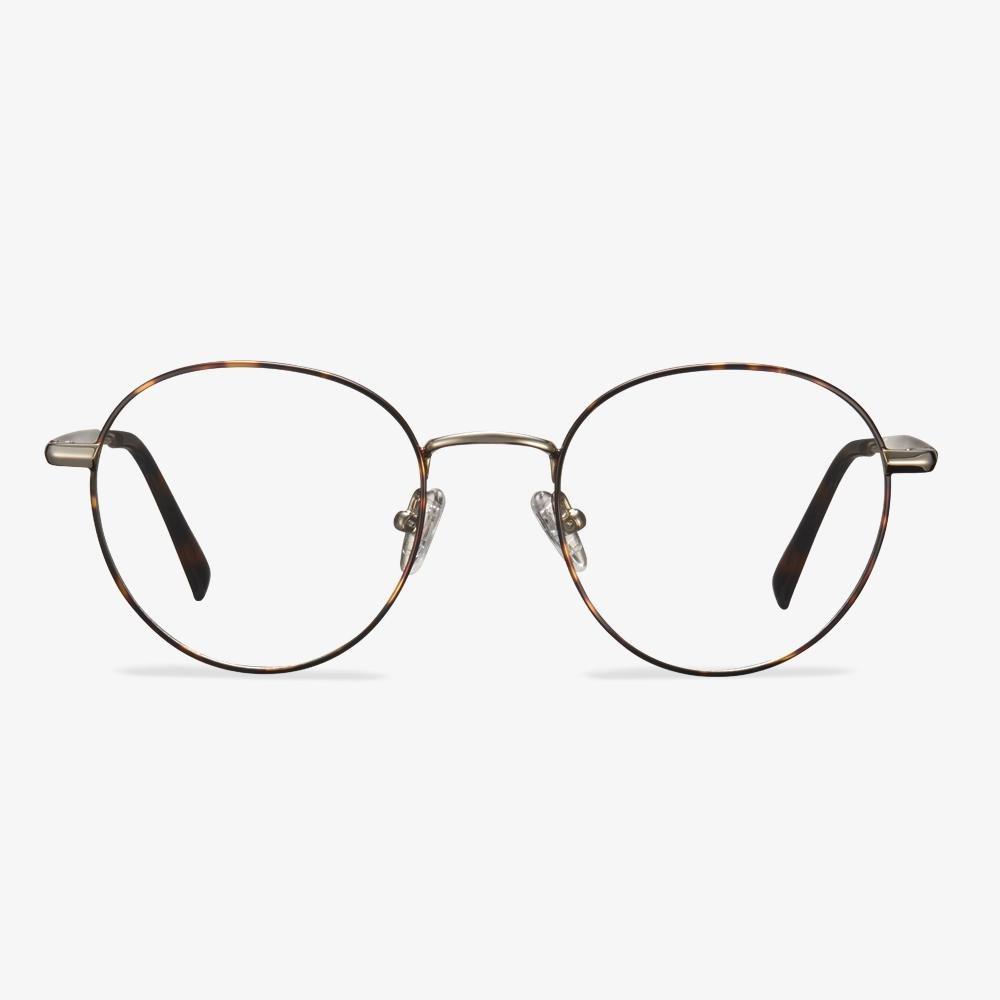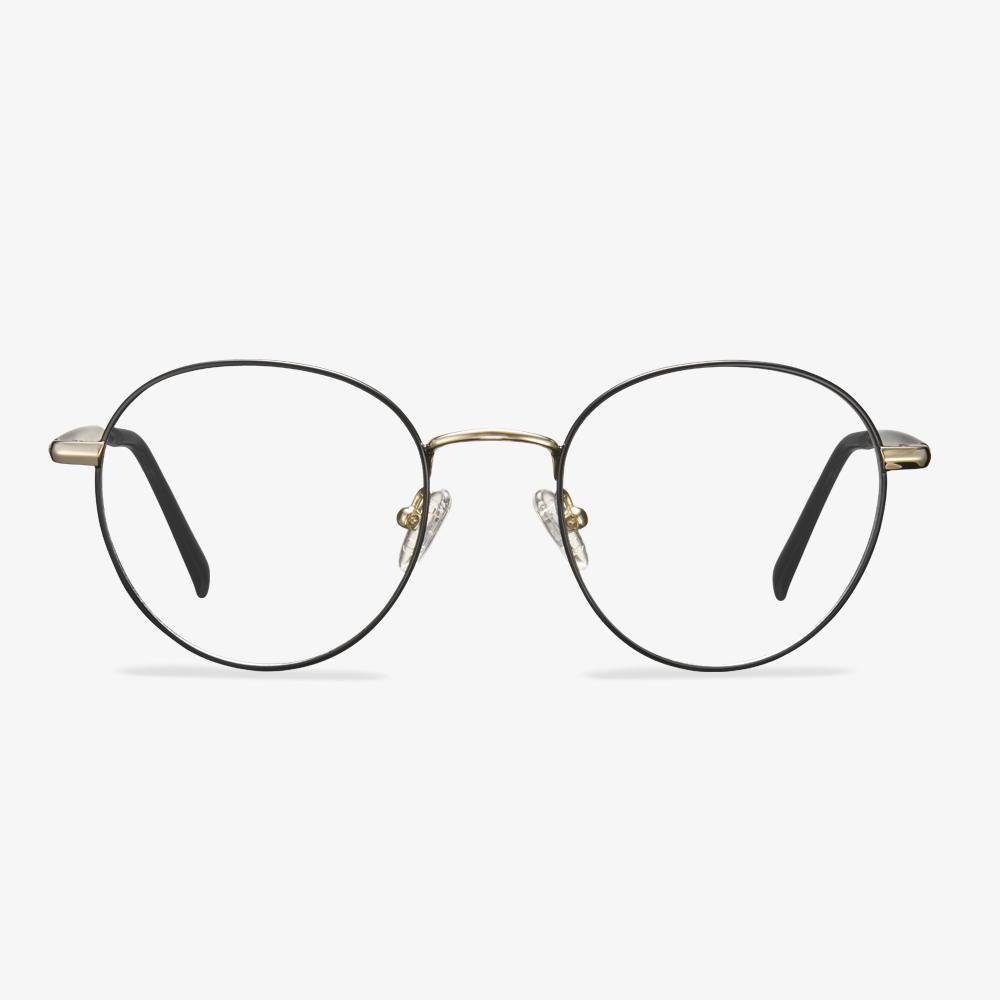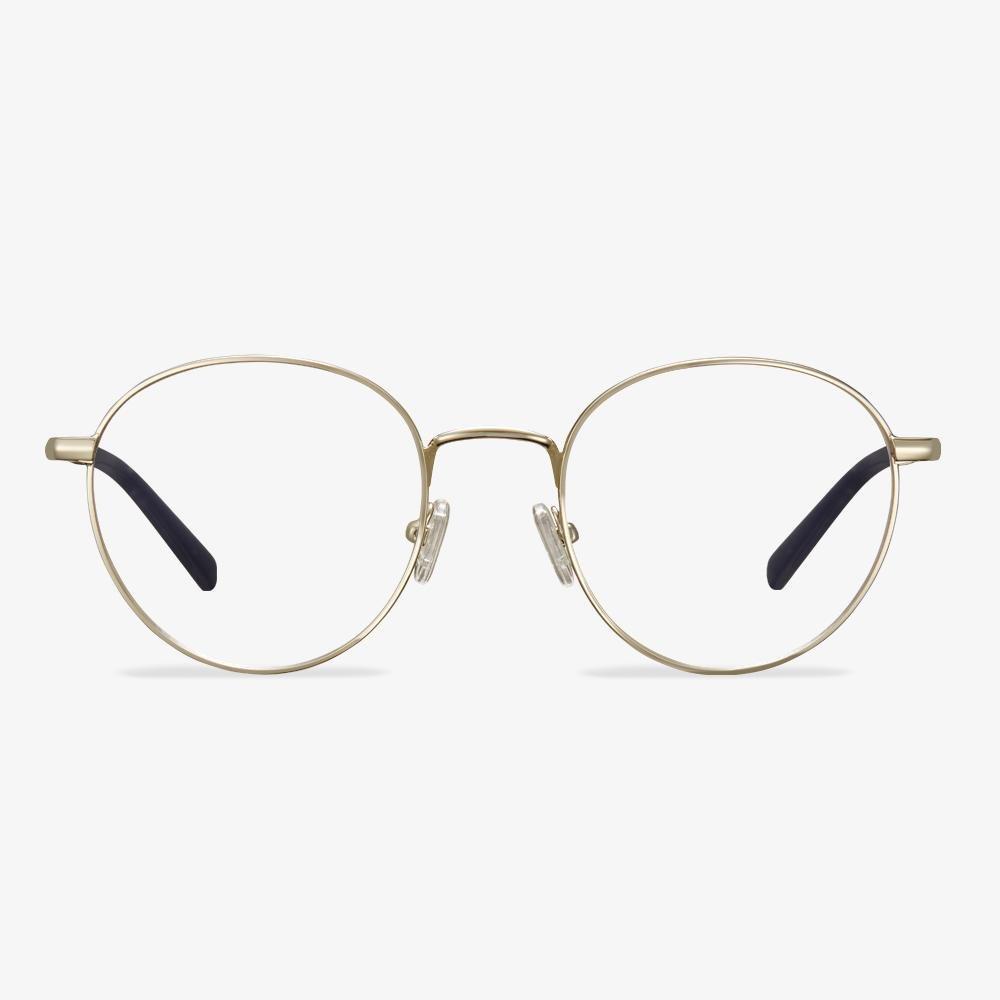What Are Trifocal Lenses?
When you are over 40 years old, your eyes may become old, too. Your corrective lens requirements may become increasingly unique, Most people are familiar with bifocal glasses but unfamiliar with trifocal glasses. So, in this post, we will show you what trifocal glasses are.
Trifocal lenses have three different corrective lenses within one lens to offer you intermediate, distance, and near correction, all in one pair of glasses. The varying levels of correction cab are laid out in a couple of different ways to ensure the layout suits your unique vision needs and comfort level.
The near vision is to correct close-up vision, the intermediate vision is often used for card playing and staring at the computer screen fall with this range of vision, and the distance vision is often used for driving or looking at a whiteboard.
Is there any relation between lens refractive index and lens definition?
First of all, in reality, from the point of view of the immediate situation, there seems to be no correlation. The refractive index is mainly related to the speed of light transmission into the lens. High refractive index lenses can be made thinner, lighter, and the technology required to do this is more sophisticated, so high refractive index lenses are more expensive. But does a high refractive index make the lens clearer? The higher the refractive index of the lens, the lower the Abbe number. The Abbe number is a very important parameter we use to measure the sharpness of the lens, which means that if the refractive index of the lens is high, that is to say, the sharpness of the lens is lower. If you have higher degrees, you can prioritize thinness and choose a lens with a higher refractive index, but don't overdo it.
MODERN OPTICALS
It has been one of the most reliable eyeglasses stores in Houston since 1989. They provide precise technology and customer-focused services.They provide a wide range of sunglasses including branded sunglasses, designer frames, and contact lenses. Their main advantage is the world-class quality of their products and services. They have artfully moved beyond the conservative boundaries of the Lens Retail industry and are growing and expanding their business across the country. They provide a wide variety of designer glasses, sunglasses, safety glasses and sports glasses, and more.
Blue light in natural light
Blue light is not the unique light emitted by electronic products, but the visible light that exists in natural light, usually with a wavelength of about 400-500nm. The blue light in the entire waveband can be subdivided into two parts. One part will cause optical damage to the retina of the eye and accelerate the oxidative senescence of cells in the macular area of the retina. Usually, the wavelength of this part of blue light is between 415-450nm, and its damage to the eyes is gradually accumulated and formed. There is also a part of blue light that is beneficial to our human body, that is, blue light with a wavelength of about 480nm. It can adjust biological rhythms and is helpful for sleep, mood, and memory. In addition, experiments have confirmed that daily outdoor activities in the sun can effectively prevent the occurrence of myopia, and short-wavelength blue light may play an important role.
How to adapt to progressive lenses?
People who are prone to motion sickness or have inner ear diseases may suffer dizziness, nausea, vomiting, and other symptoms due to their inability to tolerate the slight deformation of the visual objects, so they need to pay more attention when wearing them. For people who have not worn reading glasses before, it is not recommended to wear graded multi-focus glasses directly because their eyes will not be able to adapt quickly.
The function of eyeglasses cloth
Under a powerful microscope, the fibers of the cloth are more closely arranged than those of ordinary cloth, and the material itself is softer than ordinary cloth. That's because eyeglasses under the eye are almost always coated, with each standard lens having seven layers of different functions on the front and back surfaces, to extend lens life. It can thoroughly remove the stubborn stains left on the lens to make the picture clear. It can clean all kinds of glass, resin, and other materials of glasses, glass mirrors, and other mirror surfaces, remove stains, and grease absorption.
Step-by-Step Glasses Size Guide
In this section, we will show you how to perform glasses measurements. But the first thing is to know what face shape you have. If you do not know, click here to have a check.
Then you need to know where to find the size measurement of your glasses. In general, you will find numbers that look like this 51-17-145 at the temples of your eyeglasses. Of course, these numbers come at different meanings.
The first number often refers to the lens width. Lens width is the horizontal diameter of the lens at its widest point. In optometry, another term is eye size.
The second number often means the bridge width. Bridge width is the part that joins the two lenses and sits over the nose. Some refer to this as the gap. The bridge width varies between 14 and 24 millimeters.
The third number often means the temple length. The temple is the arm that keeps the sunglasses on your face. That arm extends to the part that hangs on the ears. The length is usually 135, 140, or 145 millimeters.
Lens height measures the size of the lens vertically, that is from the top to the bottom of the lens. Although sizes may differ depending on the brand, the standard size is somewhere between 32 and 38 millimeters.


















































